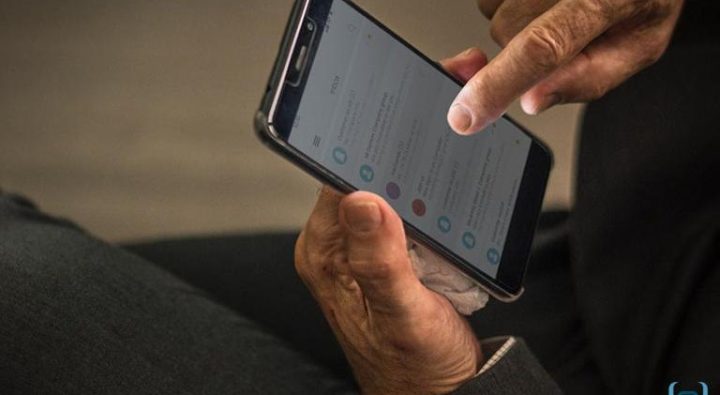Crash course: Messaging apps
Mid-2015, banking giant JPMorgan Chase offered to eliminate corporate voicemail for employees who weren’t using it. Nearly two out of three of employees (65%) volunteered to cancel the service.1 What made so many employees agree to work without voicemail?
The biggest factor may have been the popularity of real-time chat tools, which are more popular among Americans today than phone calls or email.2 This popularity has generated dozens of new business-focused apps in recent years. So many, in fact, that it can be hard to know which chat app to use for what purpose—and what kind of tone to take when using each one.
We’ve put together a crash course on how to use some of the most popular business communication tools currently available. Choose how you wish to communicate, and we’ll tell you how.
I want to:
Connect quickly with coworkers in the office
- Try using: Skype for Business (Formerly Microsoft Lync)
- What it is: A platform for enterprise-grade instant messaging, online meetings, internet calls, and screen sharing.
- What it’s good for: Large virtual meetings (with up to 250 people).
- Level of formality: 5 (high). Subtle tone and body language is easily conveyed, so be as professional as you would in person.
- Tone tip: Video chat can be disruptive, so unless it’s scheduled, send an instant message before initiating a video call.
Get instant customer feedback
- Try using: Twitter
- What it is: An online social networking service that enables users to send and read short 140-character* messages called “Tweets” in real-time. It’s common for customers to direct customer service queries to businesses via Tweets.
- What it’s good for: Communicating in real-time with customers.
- Level of formality: 1 (Very low). Abbreviations are the norm, in order to fit the character limit.
- Tone tip: Tweets, unlike private messages, are always public and visible to anyone following your Twitter handle. Think of Tweets as very short blog posts, rather than private emails.
Help work teams collaborate
- Try using: Slack
- What it is: Chat programs like Slack, HipChat, and Pie offer public chat rooms, private groups, and direct messaging, all of which are searchable.
- What it’s good for: Internal team communications (users are required to download an app).
- Level of formality: 3 (Medium). Because it’s internal, communication on Slack can be fairly informal.
- Tone tip: Remember that everything on programs like Slack is automatically indexed and archived, unlike with traditional chat rooms. This means conversations can be referenced even after the chat session ends, so always be respectful.
Connect out of the office
- Try using: WhatsApp
- What it is: Smartphone messaging apps like WhatsApp, Messenger, and LINE expand on traditional SMS texting by using data network connections rather than the phone network.
- What it’s good for: Multimedia texts, as well as emojis, stickers, text formatting, and other expansions on SMS.
- Level of formality: 1 (Very low). Messages are short and informal, generally appropriate for internal communications only.
- Tone tip: Texting replacements like WhatsApp require smartphones to function, so don’t ask for long replies that could be difficult to type on a small screen.
Connect with potential clients
- Try using: InMail
- What it is: A webmail platform on business social media site LinkedIn.
- What it’s good for: Communicating with other businesses and professional prospects.
- Level of formality: 4 (Somewhat high). LinkedIn is primarily used for business, so it’s best to keep your tone professional yet approachable.
- Tone tip: LinkedIn is most commonly used for professional networking, which makes it best suited for external contacts rather than internal communication.
Keep it simple
- Try using: SMS
- What it is: The universal alternative to a phone call doesn’t require downloading extra apps, a data plan, or a smartphone.
- What it’s good for: Plain text messages of up to 160 characters to another phone number. Longer messages will automatically be split up into several messages.
- Level of formality: 2 (Low). Texting by nature is kept short and informal, and generally appropriate for internal communications only.
- Tone tip: Use emojis carefully. While you may be able to add emojis to SMS messages, newer emojis often cannot be seen on older phones, and will simply appear as blank spaces to your recipients.
There are more real-time business chat options than ever before. If you’re looking for new ways to benefit your business and improve productivity, give one a try—many tools provide free trials. With a few of the tips above, you may soon be tempted to say goodbye to your own company voicemail.
[1] CNBC, JPMorgan cuts the cord on voicemail, 2015.
[2] Gallup, The New Era of Communication Among Americans, November 2014.
used with permission from HP Technology at Work
To learn more, contact us today.






